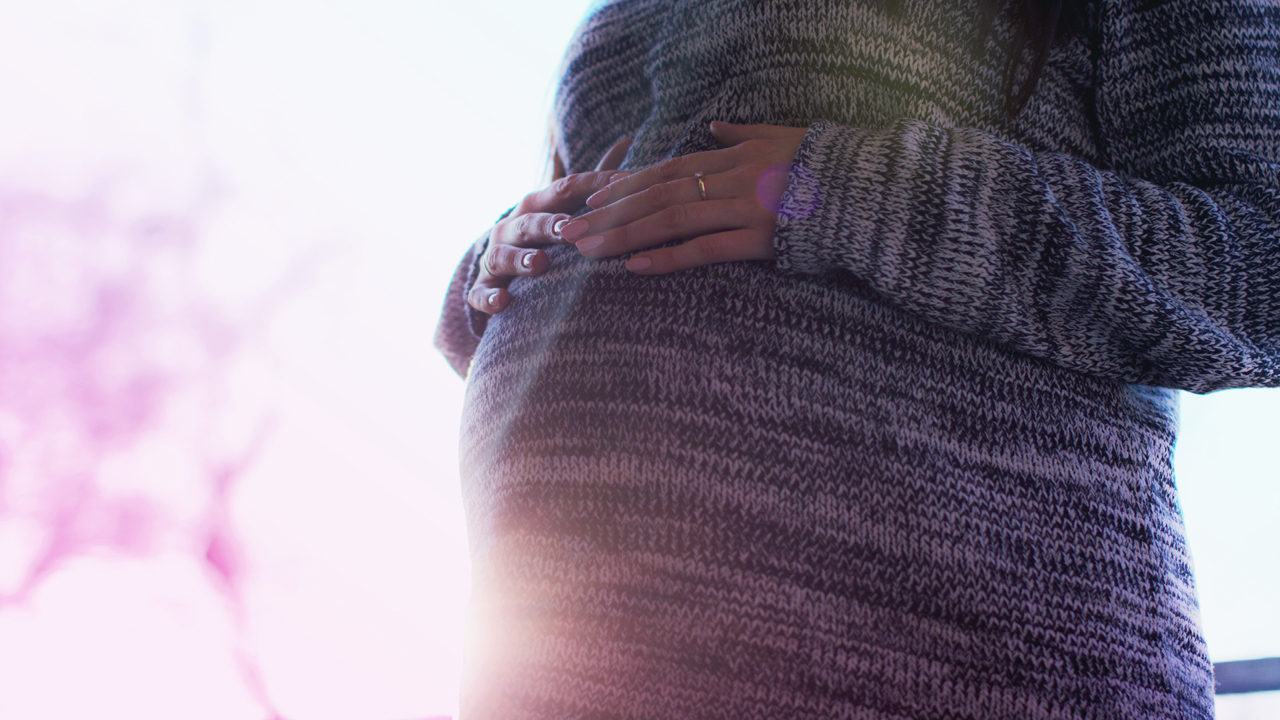Polycystic ovarian syndrome (PCOS) occurs when there is an endocrine imbalance of reproductive hormones (estrogen, testosterone, LH, FSH). Women with PCOS generally have enlarged ovaries with multiple follicular cysts (fluid-filled sacs) on both or one of the ovaries that produce excess estrogen.
So what happens when there is too much estrogen in the body? The two main female sex hormones are estrogen and progesterone. When there is an increase of estrogen over progesterone it is considered “estrogen dominance.” A balance between the two of these hormones is needed for the egg to appropriately attach to the uterine wall, which is one of the main complications women with PCOS encounter when trying to conceive.
How can we lower estrogen levels? There are some natural interventions and also medications we can use to help lower estrogens and balance our hormone levels. Some natural tips that have been proven to help are:
1. High-fiber diet. High-fiber diets help decrease estrogens because estrogen is excreted in the bowel. Dr. Ronal Hoffman explains when stool remains in the colon for longer durations, the estrogen may be reabsorbed back into the system thus increasing circulating estrogen levels.
2. Detoxify the liver. The liver is responsible for purifying our bodies from chemicals, toxins, and yes, excess estrogens. Not only does the liver help clear excess estrogen created in our bodies, but estrogens are produced in reaction to chemicals and substances in our foods (Hoffman, 2010). Circulating estrogen levels have been found to increase drastically in women who drink alcohol (and male alcoholics often show symptoms of gynecomastia, or enlarged breast tissue due to created estrogens). Eating organic, pure, natural foods and removing alcohol and other toxins may help improve estrogen balance.
3. Exercise. Regular practice of moderate to high intensity exercises have been seen to lower estrogen levels. A study at the Fred Hutchinson Cancer Research Center showed women who exercised five times a week at a moderate intensity had an average decrease in estrogen levels by seven percent!
4. Remove dairy. Cow’s milk is a source of exogenous estrogens. The Harvard School of Public Health states that cows are often milked during pregnancy when milk production is high and the cow’s estrogen levels are at it’s highest! It is reported that up to 80 percent of our exogenous estrogen consumption is received from dairy milk.
5. Use a natural progesterone cream to help counter-balance the estrogen. (This step should be discussed with your provider to talk about appropriate usage and dosage).
If hormone imbalances are unaffected by natural interventions, your health care provider may recommend an ovulation medication to help improve the chances of conception. Talk to your provider about specific treatment that may be appropriate for you.
More information from Dr. Hoffman on estrogen dominance can be found at: http://www.drhoffman.com/page.cfm/183
Claire is a twenty-three year old nursing student at Arizona State University. She currently lives in Tempe, AZ with her dog Bella.





Add a CommentComments
There are no comments yet. Be the first one and get the conversation started!